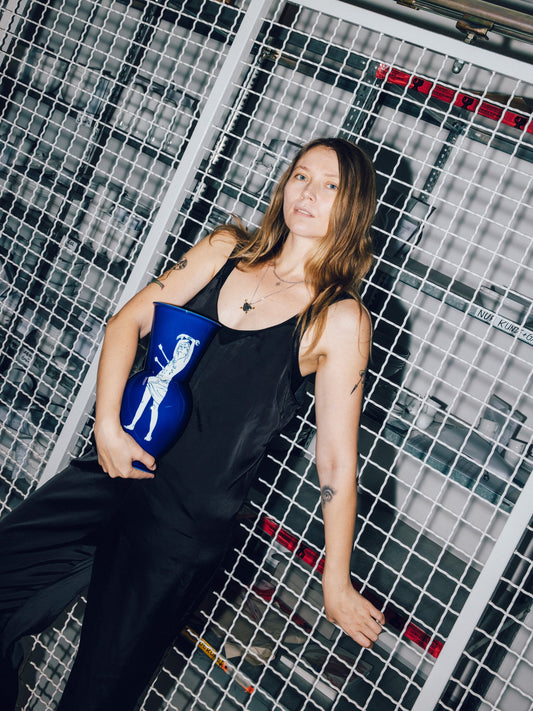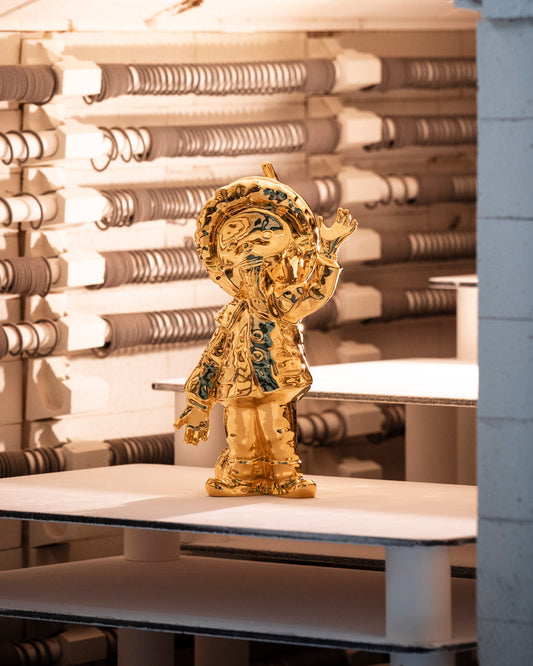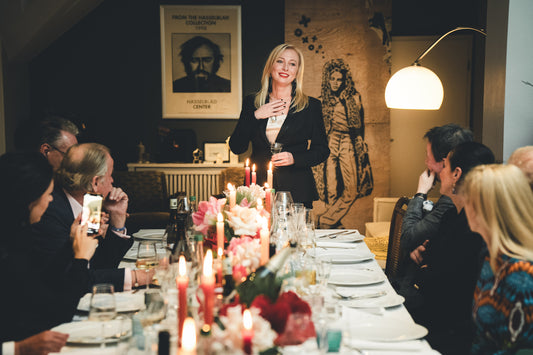SIEGMUND SCHÜTZ, THE KPM ERNTEBECHER AND THE BODY CONSCIOUSNESS OF THE MODERN AGE
A harvest scene can be seen on the unglazed outer surface: Female and male figures, unclothed and clad in antique garments, go about their work in the cornfield. The special sculptural effect is created by the interplay of light and shadow. The motif of the HARVEST CUP is characterized by the classicist image of man and inspired by elements of Greek antiquity, but is also an expression of the new body consciousness that was gaining strength during Siegmund Schütz's lifetime.
The reform movements of the early 20th century saw themselves as a reaction to the consequences of industrialization for people and their health. They propagated a return to a "natural way of life" and glorified the "simple life" in the countryside as the ideal. The aim of physical culture was to provide people with exercise in the fresh air and sun to compensate for the effects of industrialization and urbanization.
Most Bauhaus members also saw a healthy body as an important part of their new lifestyle and began to create structures and rooms, appliances and furniture, art and design that corresponded to, reflected and symbolized this. Like many ideas associated with reform movements and modernist trends at the beginning of the 20th century, hygiene and physical well-being were a desirable goal for elite circles and the general public.
The special feel, physicality and sculptural effect of the ERNTEBECHER still fascinate today and make it a special KPM classic.


